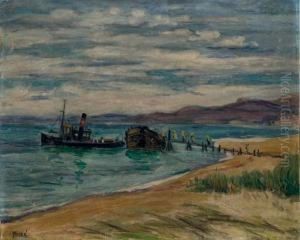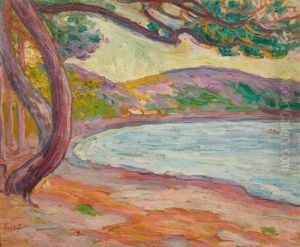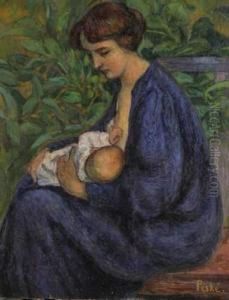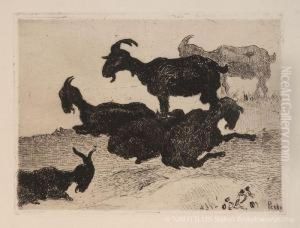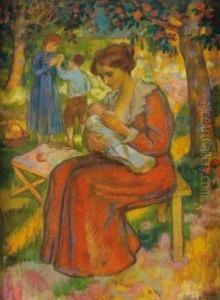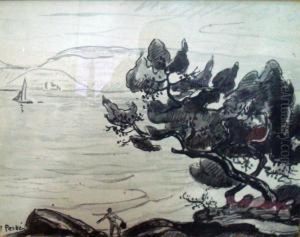Jean Peske Miscelas Paintings
Jean Peske, born Ivan Konstantinovich Peske in 1870 in Latvia (then part of the Russian Empire), was a painter of Polish descent whose work spanned the late 19th and early 20th centuries. Peske's journey in art took him across Europe, allowing him to absorb a diverse range of influences that would profoundly shape his oeuvre. Initially studying in St. Petersburg, Peske was part of the vibrant and transformative period in Russian art that predated the revolutions of the 20th century. Seeking broader horizons, he moved to Paris, the epicenter of the art world at the time, where he immersed himself in the burgeoning avant-garde movements.
In Paris, Peske developed his distinctive style, characterized by a bold use of color and dynamic, expressive brushwork. His work, while deeply personal, echoed the innovations of Impressionism and Post-Impressionism, manifesting a keen interest in the interplay of light and shadow as well as the emotional resonance of landscape and portraiture. Peske's art was not just limited to painting; he was also involved in printmaking, exploring the potentials of etching and lithography to convey his artistic vision.
Despite his integration into the Parisian art scene, Jean Peske maintained strong ties to his Eastern European roots, which influenced his choice of subjects and themes. His landscapes often depicted the raw, unspoiled beauty of the countryside, reflecting a nostalgic connection to his homeland. Meanwhile, his portraits revealed a deep empathy for his subjects, capturing their inner lives with sensitivity and depth.
Jean Peske's contribution to art was recognized in his time, with his works exhibited in Paris and internationally. However, the tumultuous events of the 20th century, including two World Wars and the shifting centers of the art world, meant that his legacy was somewhat overshadowed by his contemporaries. Peske died in 1949, leaving behind a body of work that, while perhaps not as widely known today, represents a unique fusion of Eastern European and French artistic traditions. His paintings continue to be appreciated for their vibrancy, emotional depth, and technical mastery, securing his place in the annals of early modern art.
